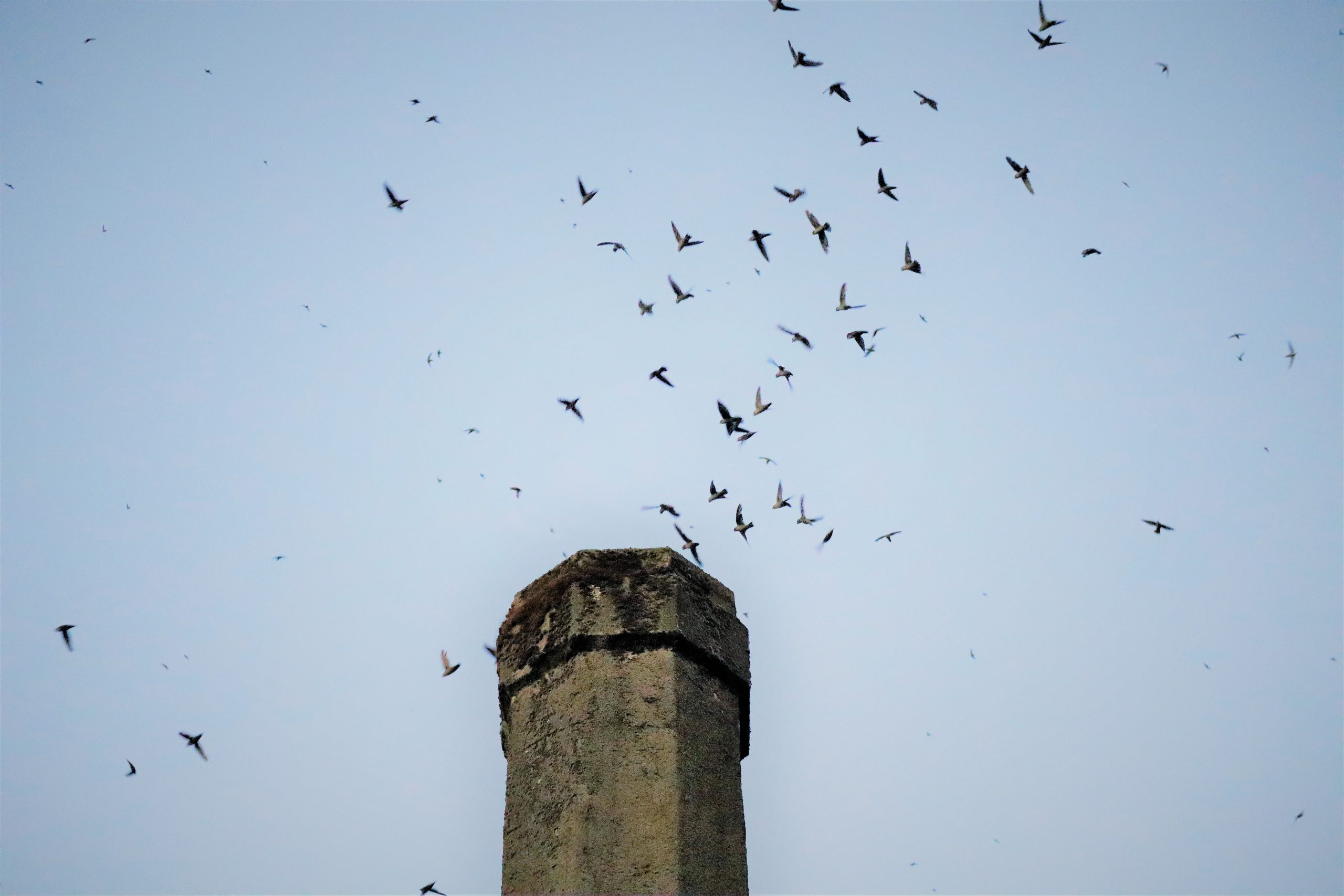
The skies above the Clay Place chimney have been filled with smoke since Tuesday, greatly affecting the migration journey of the Vaux’s swifts.
Normally, at this time, thousands of swifts would be occupying the chimney nightly to rest and keep warm as they migrate from North America to Central America. However, due to the heavy smoke along their migratory route, the future of the Vaux’s swift is unclear.
Diana Wales, president of Umpqua Valley Audubon Society, said, “This type of weather event is very hard on all wildlife. Birds have very high metabolisms, particularly small birds like swifts so they’re very affected by smoke.”
The swifts depend on flying insects and need thousands a day to survive.
However, the insects are negatively affected by the smoke as well.
Because of the lack of insects, Wales said, “There’s likely to be a lot of fatalities plus weakened birds who will just not make it through the migration”
The Vaux’s swifts are neotropical migratory birds. In the summer they breed in northwestern North America. In the fall they migrate to the neotropics in southern Mexico and Central America.
They travel south through Oregon in the fall.
The wildfires are impacting almost all of their migratory route. Wales is afraid that this will be deadly to a large number of swifts as well as other migrating species.
The Clay Place chimney is used as a roosting site during migration in the spring and fall. Swifts usually enter around sunset and leave around two hours after sun up.
According to Vaux’s Happening website, “Swifts must cling to vertical surfaces putting their stiff tail down as a supportive kickstand.” Wales said, “They have to find a rough vertical surface in the evening on which to hang (right side up – not upside down like a bat) and go to sleep.” The inside of the Clay Place chimney provides a perfect surface for them to cling to.
Typically, the swifts will only stay a day or two before continuing their journey. Last year the Clay Place chimney saw an estimated 100,000 birds.
Since the smoke arrived Tuesday, sightings of the birds have been erratic and lower in number. “I have no idea what the migration will be like once the smoke clears,” said Wales, “We’ll just have to see.”
Hopefully, the swifts will be able to get back to their routine and complete their migration journey with few casualties.
If all goes well, as the community begins to recover from the devastating fires, Douglas County residents should once again be able to enjoy the sight of the Vaux’s swifts’ fall southward migration.